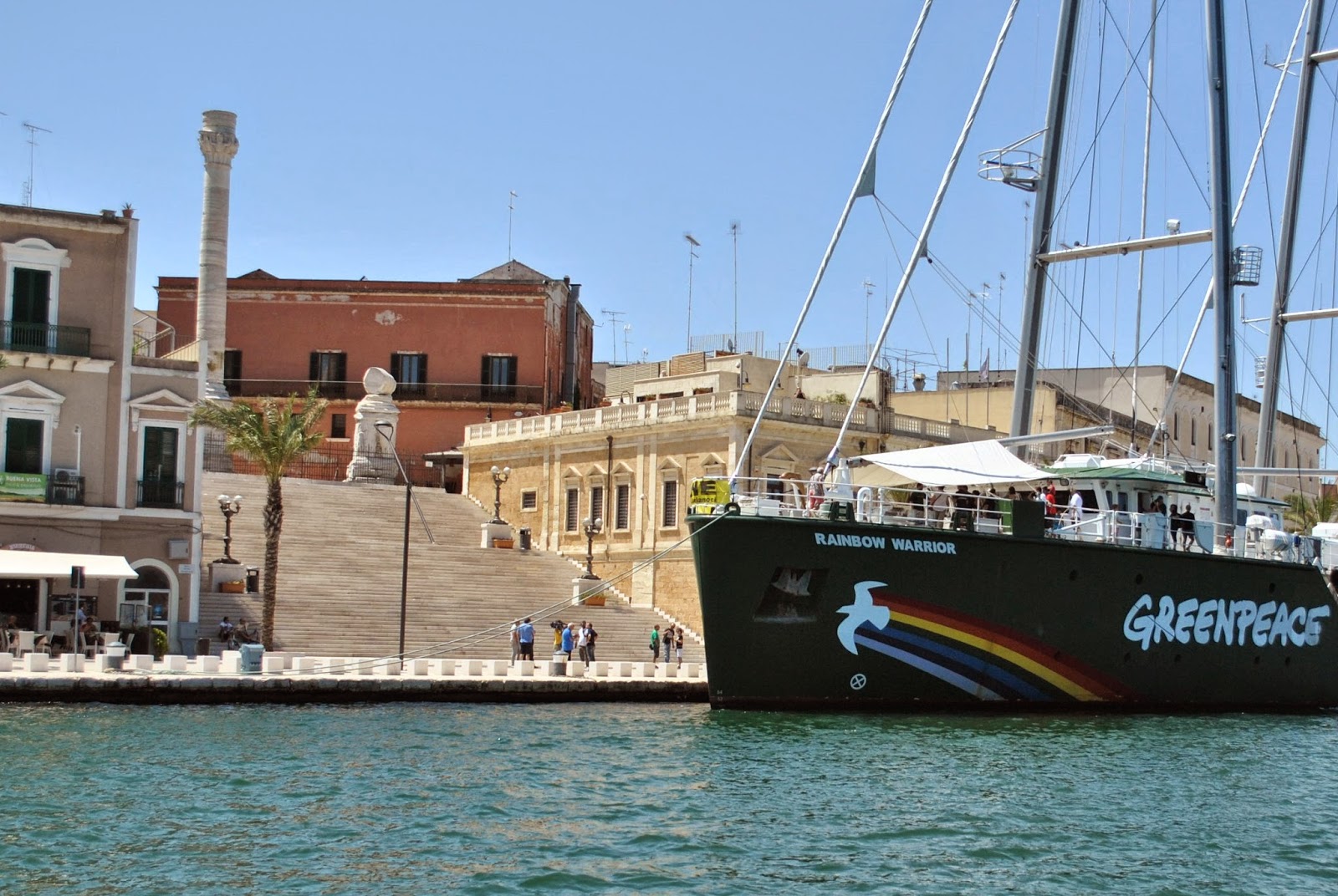This time I
want to go trekking in that marvelous place which is the Umbra forest.
Carlo, a
friend of mine, want to join me. The day before we deal to meet up at 9:00.
I pick him
up and head straight to the Umbra forest, which is located in Gargano, north of Apulia.
The forest
is roughly 40 miles from Manfredonia, where I am temporarily based.
The
scenarios changes very quick. The landscape is beautiful.
So, we get
close and close to the forest.
We are entering a new dimension.
Hundreds of millions of years ago, Gargano was an island, fully covered by forest.
Indeed,
Gargano is pretty much different from the rest of Apulia.
Once in the
forest, I have the feeling that I am at different latitude.
We have
left behind a valley of prickly pears (Manfredonia) to enter a dark forest,
where trees are huge and moss covers anything.
I come across a family from Bergamo while trekking. The man proudly shows us a porcine mushroom he collected earlier.
I hear some
German tourists trekking.
Germans
have always been fond of Gargano.
Two German botanists have recently discovered a plant which was supposed to be extinct for more than one hundred years.
The forest offers a wide range of nature trails for those who wishe to go both trekking and biking.
Nevertheless,
If you want to take it easy and simply contemplate, bird watching may be the
best activity to do here.
Centuries-old
beeches trees are very common here. Additionally, I find around maples, ashes and
linden trees.
In terms of
plants, I see hollies, anemones and mezereons.
The main
animals who populate the Umbra forest are local roe deers, wild cats, boars and
stone martens.
In terms of
birds, the main ones are woodcocks and wood-pigeons.
At 5 pm I
am exhausted. Therefore, I end up on a wooden bench.
I feel high though. it is like to smoke a
dope. What a wired sensation.
It must be
the reinvigorating influence of mother earth...
Post Scriptum
If you wish to view more pics, please click here
Post Scriptum
If you wish to view more pics, please click here
























































